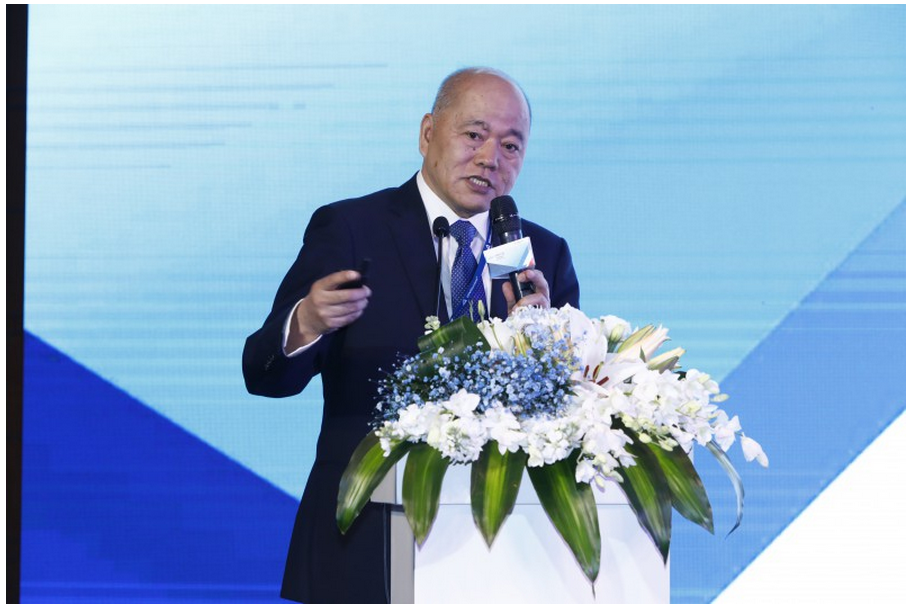On 13-14 March 2017, the “All Quality Matters” 2017 Solar Congress and Award Ceremony organized by the TÜV Rheinland Group (TÜV Rheinland) were held in Wuxi, Jiangsu. During the ceremony, Sicheng Wang, Researcher of the Energy Research Institute National Development and Reform Commission, was interviewed about how to judge the quality of PV power plants, the dilemmas facing distributed PV power generation and grid parity.
Distributed PV power generation has recently become a hot topic among industry players. Despite the great hopes for the industry, due to its flexible business model compared with large ground power plants, its actual development still lags far behind the expectations. In addition to the lack of roof resources and bank credit, the safety of distributed PV power generation is also a major concern. According to Sicheng Wang, national standards on distributed PV power generation are currently absent. Enterprises should not simply value quantity while ignoring quality. Third-party inspection agencies are expected to make more concrete efforts and release more assessment data, to prompt the industry and the market to give greater importance to quality.
Data Monitoring Is Needed to Judge the Quality of Power Plants
The service life of PV modules ranges from 25 to 30 years. As their working lives come to an end, the power of the modules slightly declines. However, the modules can still generate power, but many problems have emerged during the two and three years of the boom in distributed PV power generation, including heat spots of modules, short circuits, fires and under-performance of their actual power.
The components and engineering in PV power plants have been found to have quality issues. Globally, it has been generally recognised that over 50% of problems found during the operation of power plants can be attributed to components. In addition to inverters and components, combiner boxes and junction boxes are also major sources of quality problems. The PR value of the energy efficiency ratio, which is the ratio between output and input energy, is the main standard for judging the quality of PV power generation systems.

According to Sicheng Wang, “The PR value serves as the most objective and visual parameter for judging quality. All problems can be assessed and measured by a quality control process, whether these are problems with the components of a power station or of other systems. Yet the actual quality of power plants should be gauged by measured numbers. Measured calibration data are needed to judge equipment damage, attenuation, operation period, PR and other factors. Third party inspection agencies, which can ensure the impartiality of data, are the most important measurement of the quality of power plants.
Only Normalised Standards Power the Market
To eliminate excess capacity and encourage progress in the large-scale development of the technologies of the PV power generation, the “Golden Sun Demonstration Projects” initiative was jointly set up by the Ministry of Finance, the Ministry of Science and Technology and the National Energy Administration. However, the regulations stipulate that subsidies should be channelled to construction efforts rather than power generation. Project delay, poor quality and other scandals then repeatedly occurred, resulting in the “Golden Sun” being regarded as something negative. After the “Golden Sun” was scrapped the government issued new regulations, such as offering post-operational subsidies. The government has worked to avoid the practice of fraudulent subsidy claims, thereby attempting to normalise the industry. As distributed PV power generation gains momentum, the industry must address certain challenges, such as how to avoid the detours of building surface power plants, and thus bringing about a fully fledged, well-developed distributed PV power generation industry.
Unlike ground power plants, the distributed PV power generation equipment is easy to install and must be integrated into buildings. It should be suitable for all roof types, and thus entails higher safety requirements than surface power stations. Distributed PV power generation projects have mainly been conducted in hot and humid areas, where modules of higher quality are needed. Additionally, standards for distributed PV power generation are still absent, as are feasible IEC standards, and other problems such as business models and transaction risks must also be tackled.
Sicheng Wang stated that “the PV Top Runner Programme was not solely designed for industrial guidance, as it can also address problems related to business models and transaction methods. Therefore, only normalised standards can power the market”.
“Grid Parity” can be Realised in PV Power Generation by 2020
The PV power generation industry is thriving in 2016, due to the enabling policies introduced by the state and local governments. It is worth mentioning that the upward momentum of the PV power generation industry continues to reduce the cost of modules, which according to the predictions of the relevant departments could result in the grid parity of PV power by 2020.
According to Sicheng Wang, “technological innovation can reduce the cost of PV power by 20-30%, and make the grid parity of PV power a reality by 2020.” Much remains to be done in terms of further innovations and to further lower the cost of PV power generation. It is very possible that the average price of PV power can be reduced to RMB0.6/kWh by 2020, and RMB0.4/kWh by 2025.”
He pointed out that currently the problem of abandoning of the electricity generated by solar power is not because of the difficulty in power grid connection and consumption, but that thermal power still dominates the market rather than renewable energy. The state should therefore formulate policies and put in place an exit mechanism for fossil energy. Large-scale ground PV power plants are subject to the constraints of the power grid production and consumption, while distributed PV plants are immune to such challenges. We should shift our efforts into building distributed demonstration parks and thus increasing its share.



